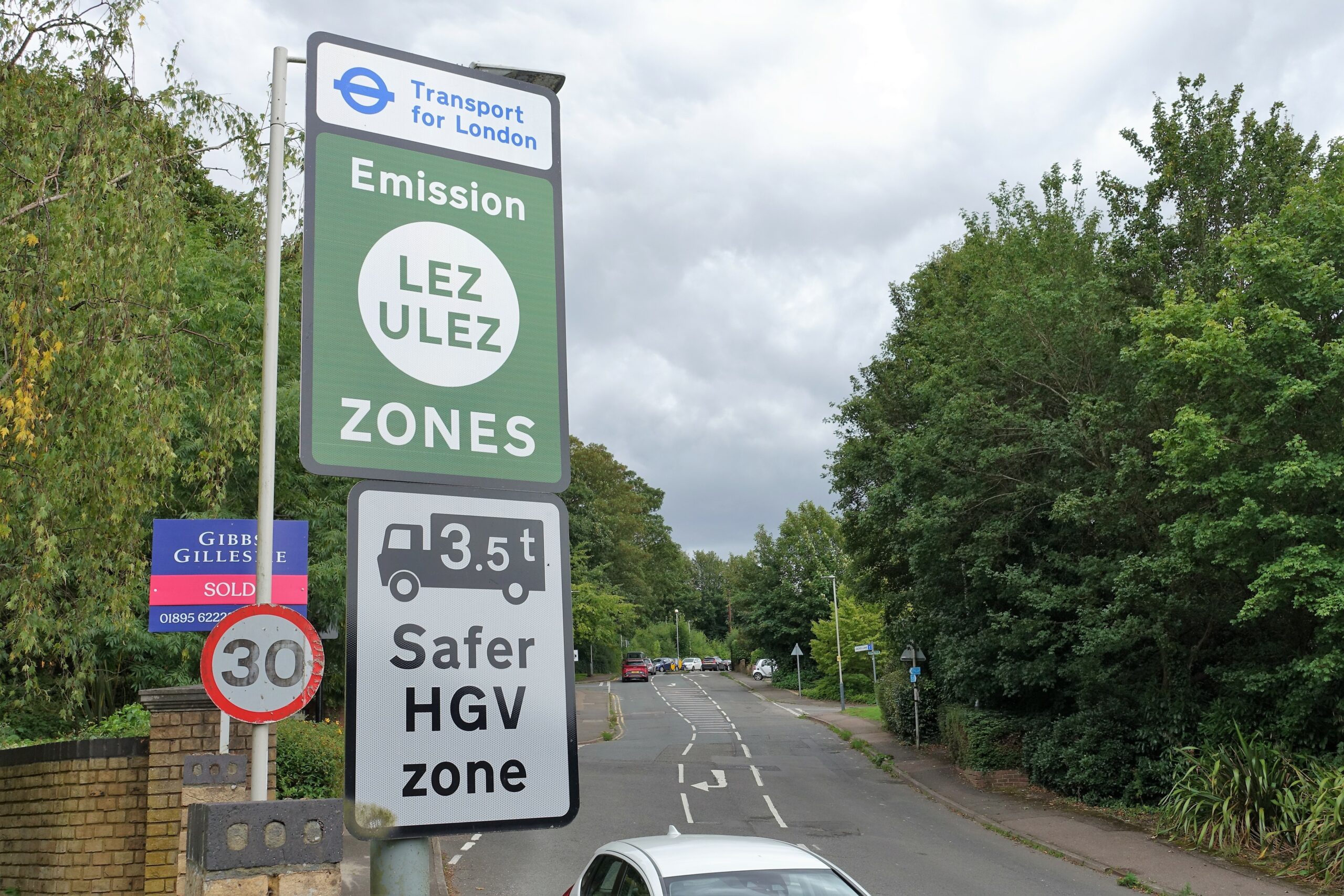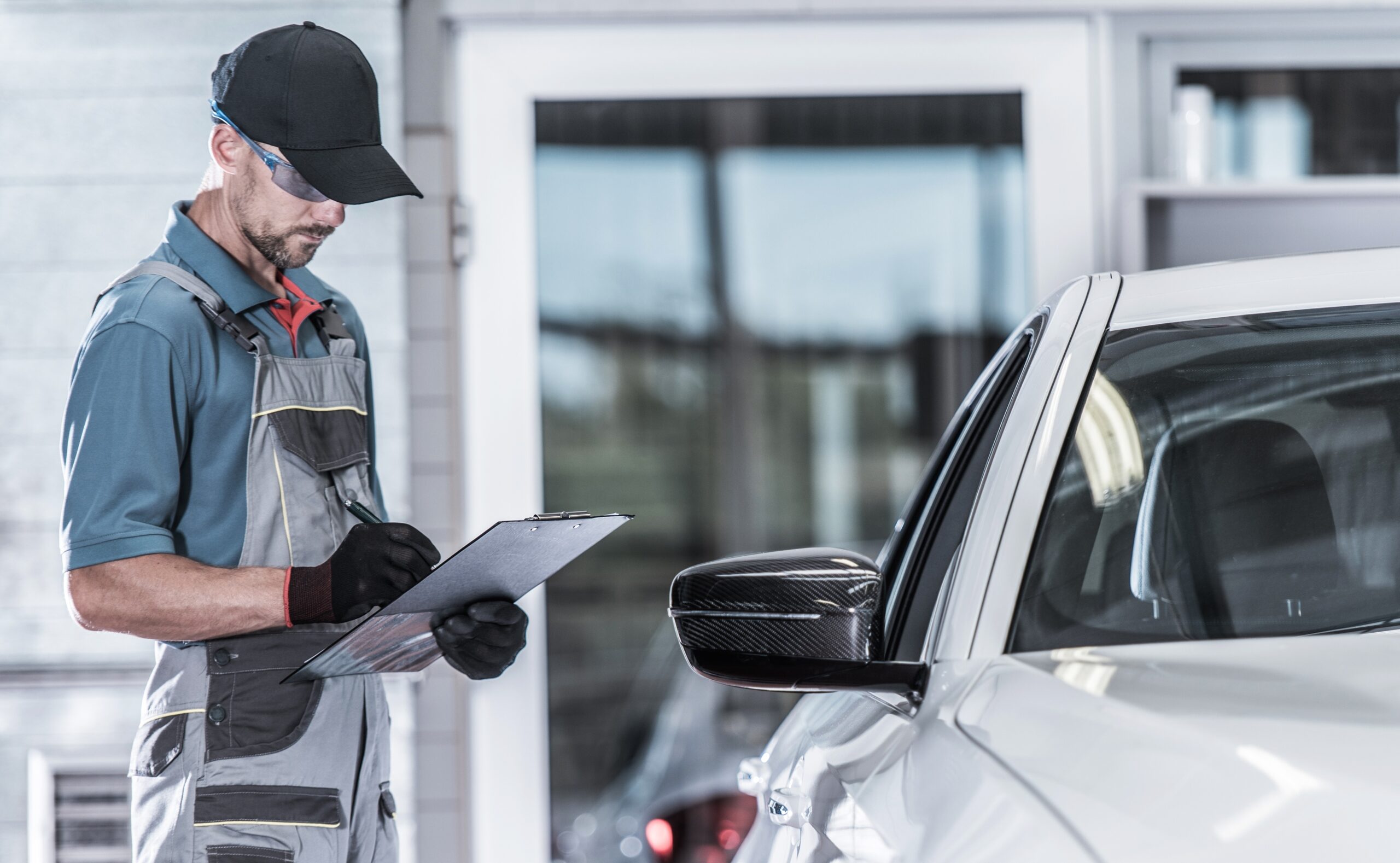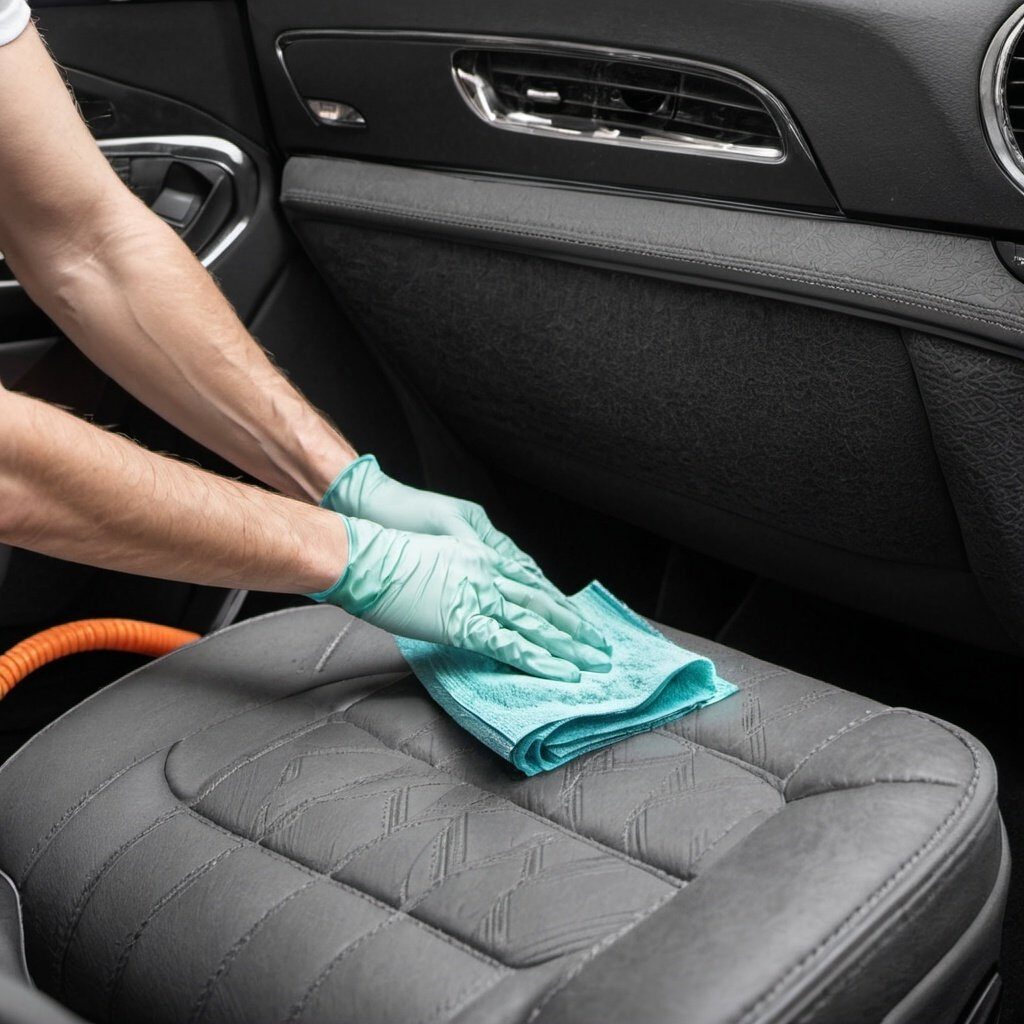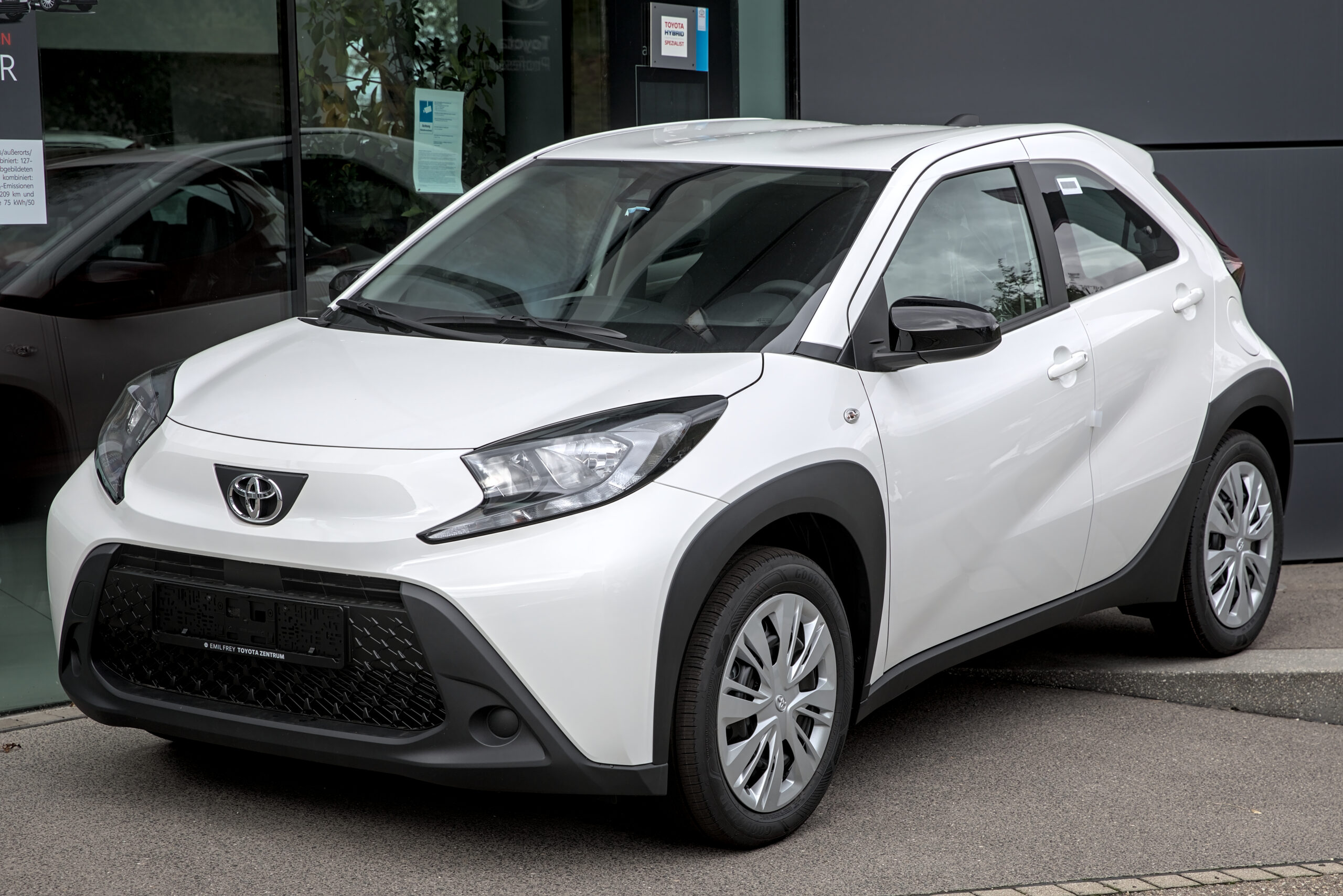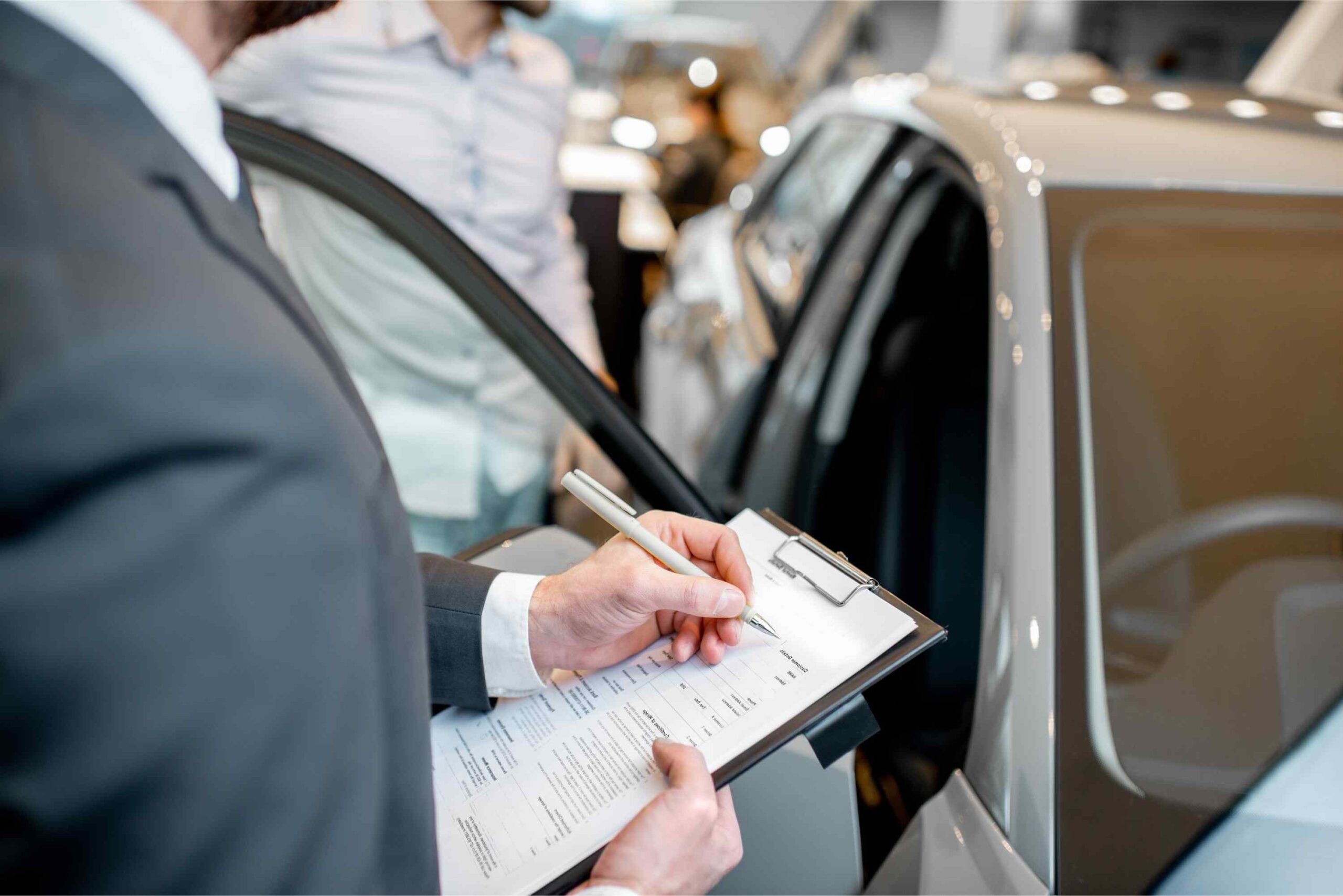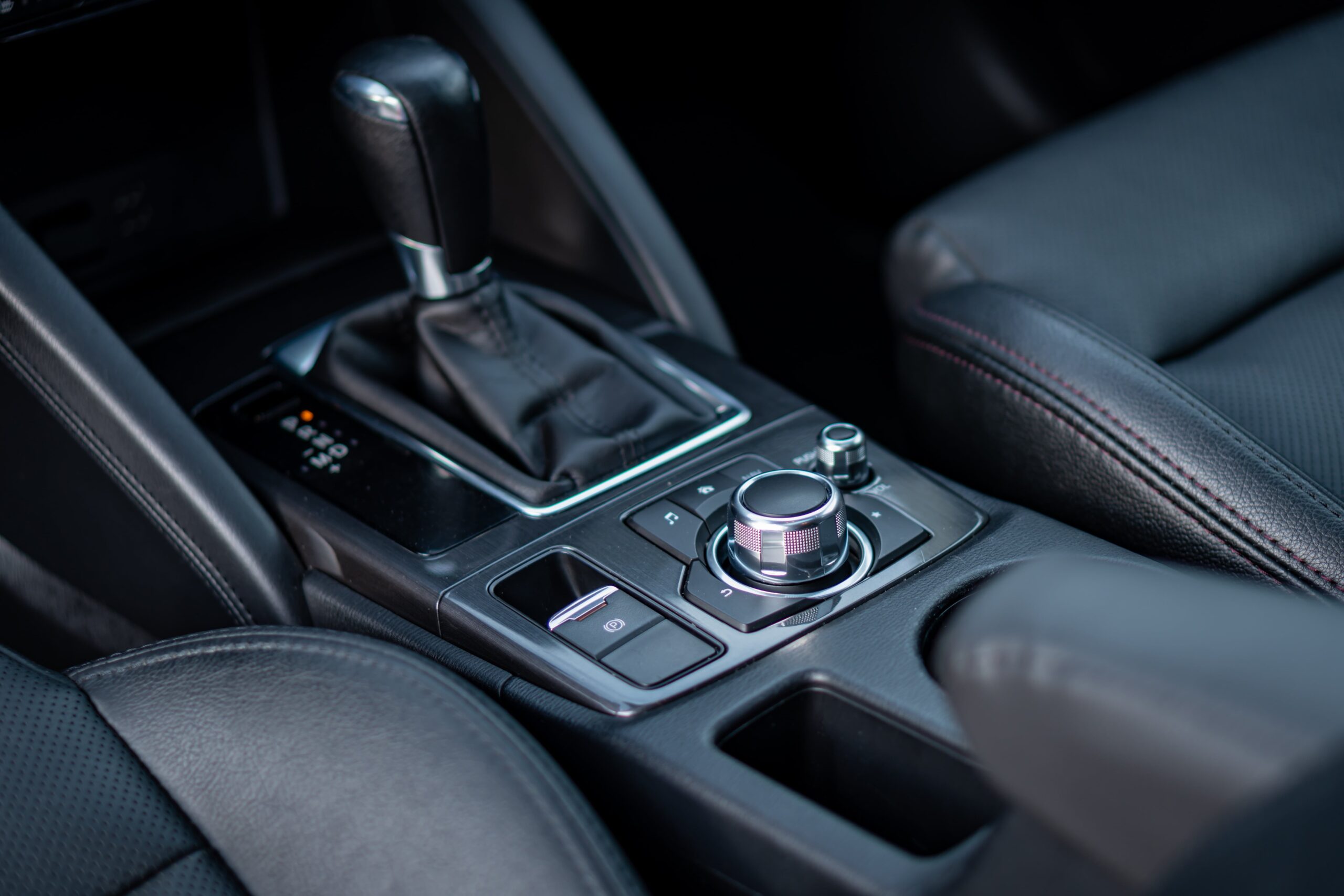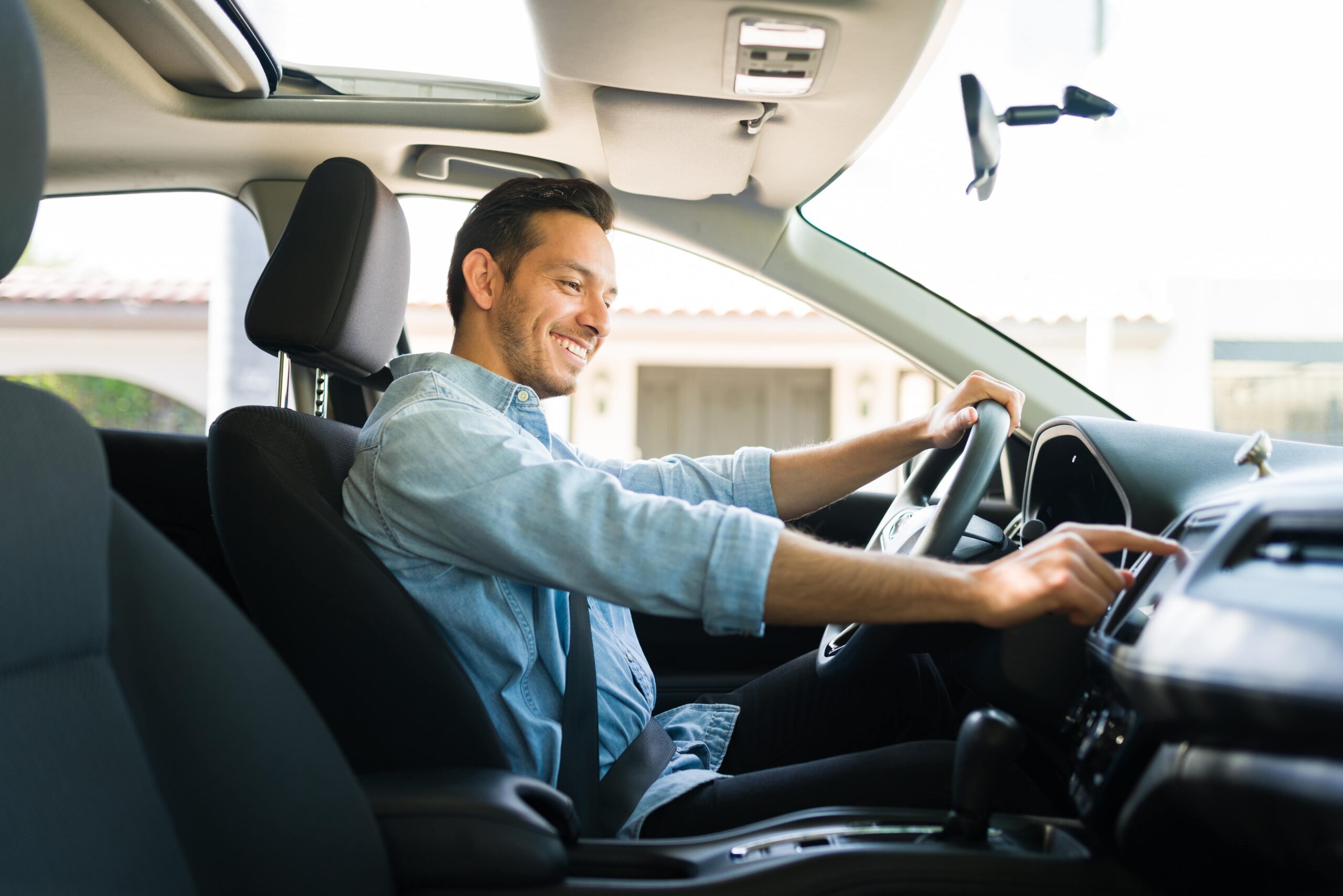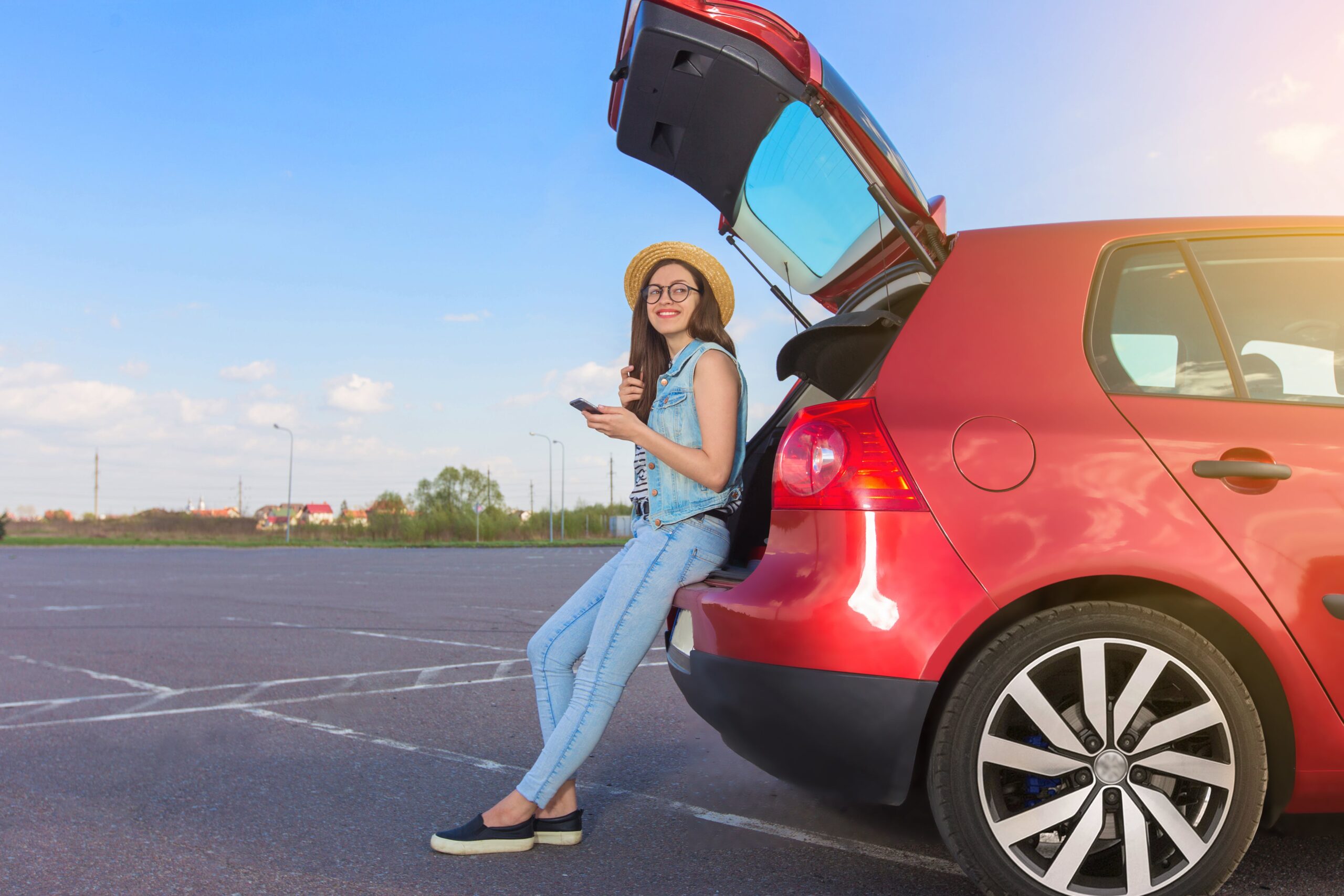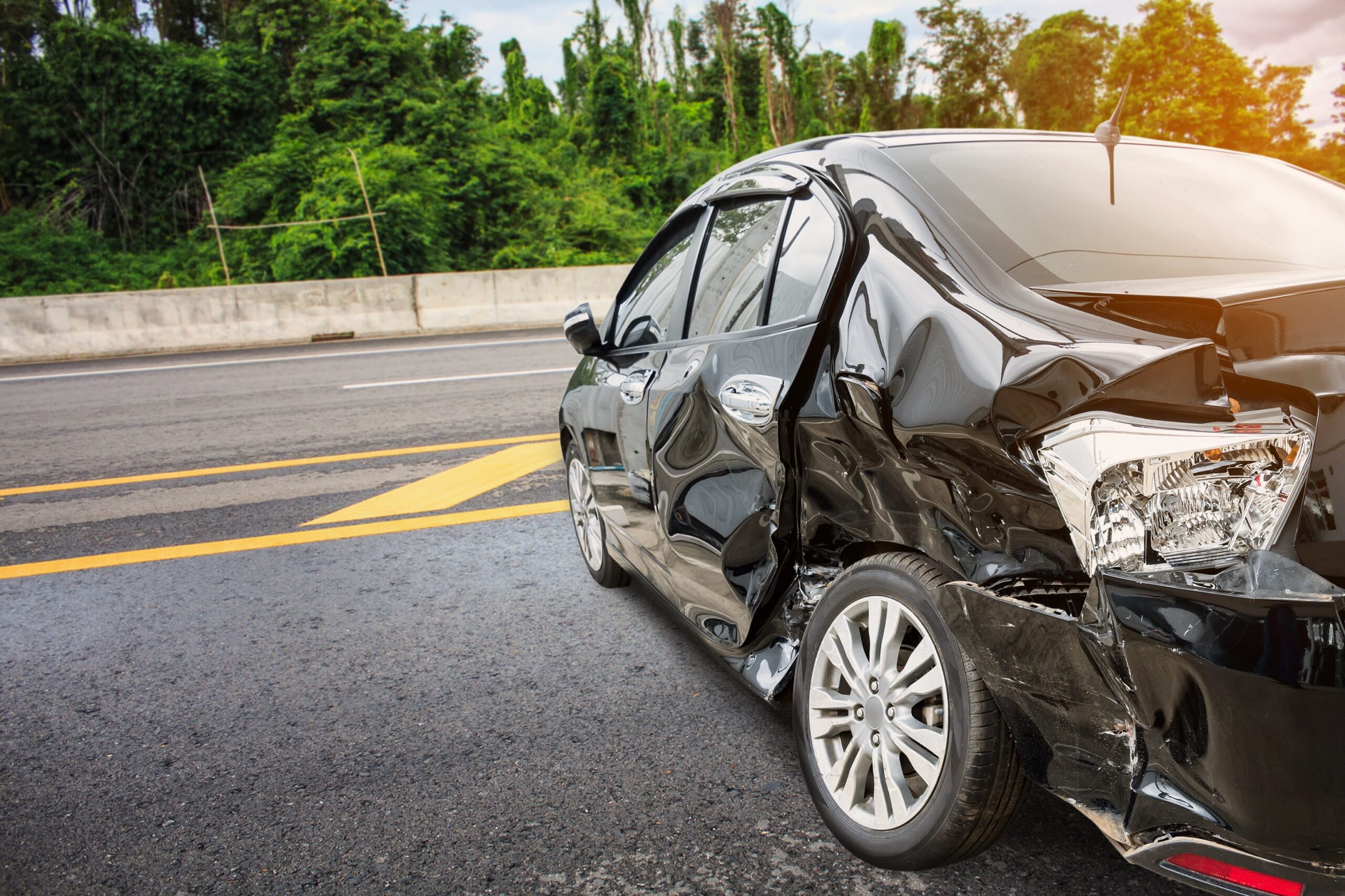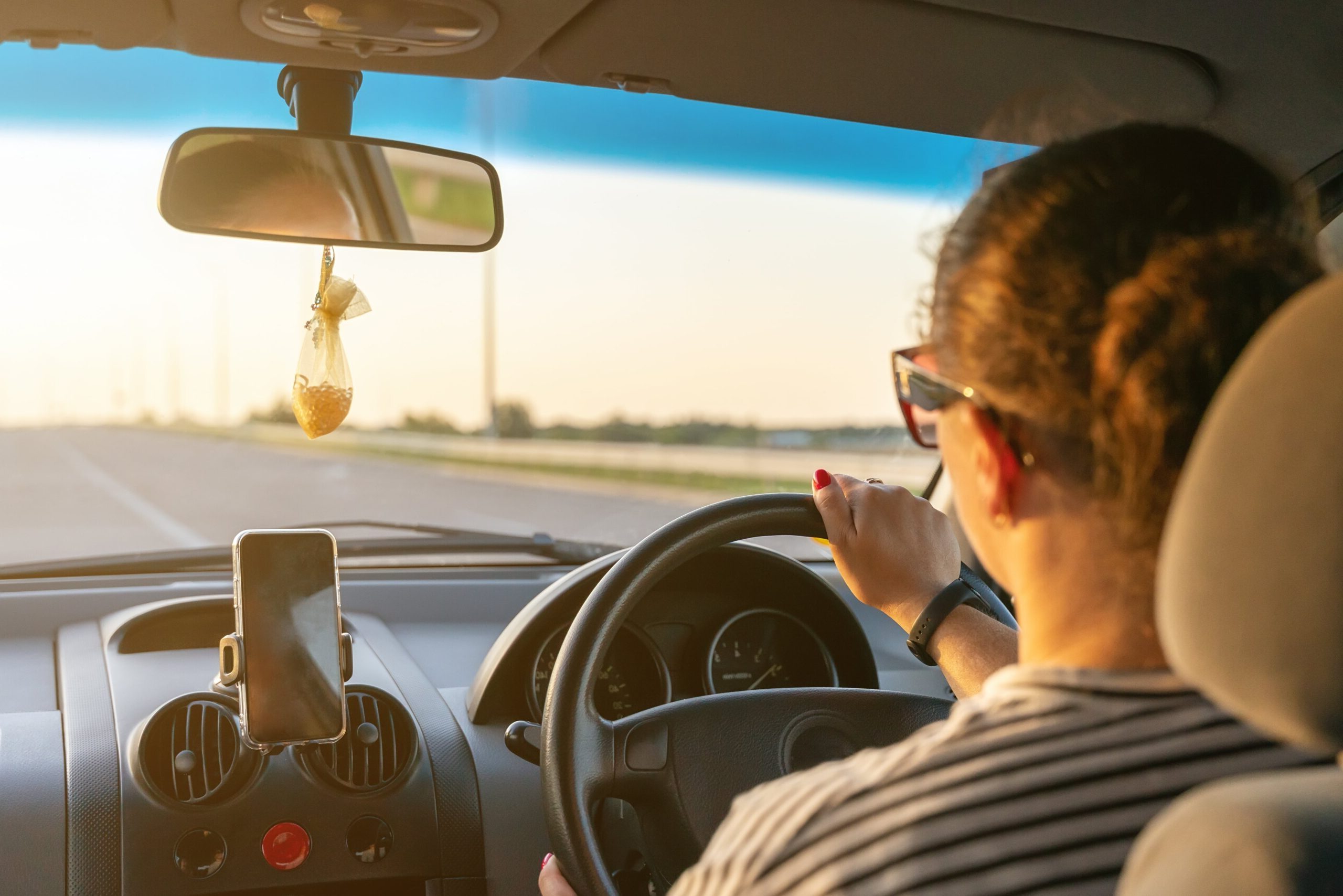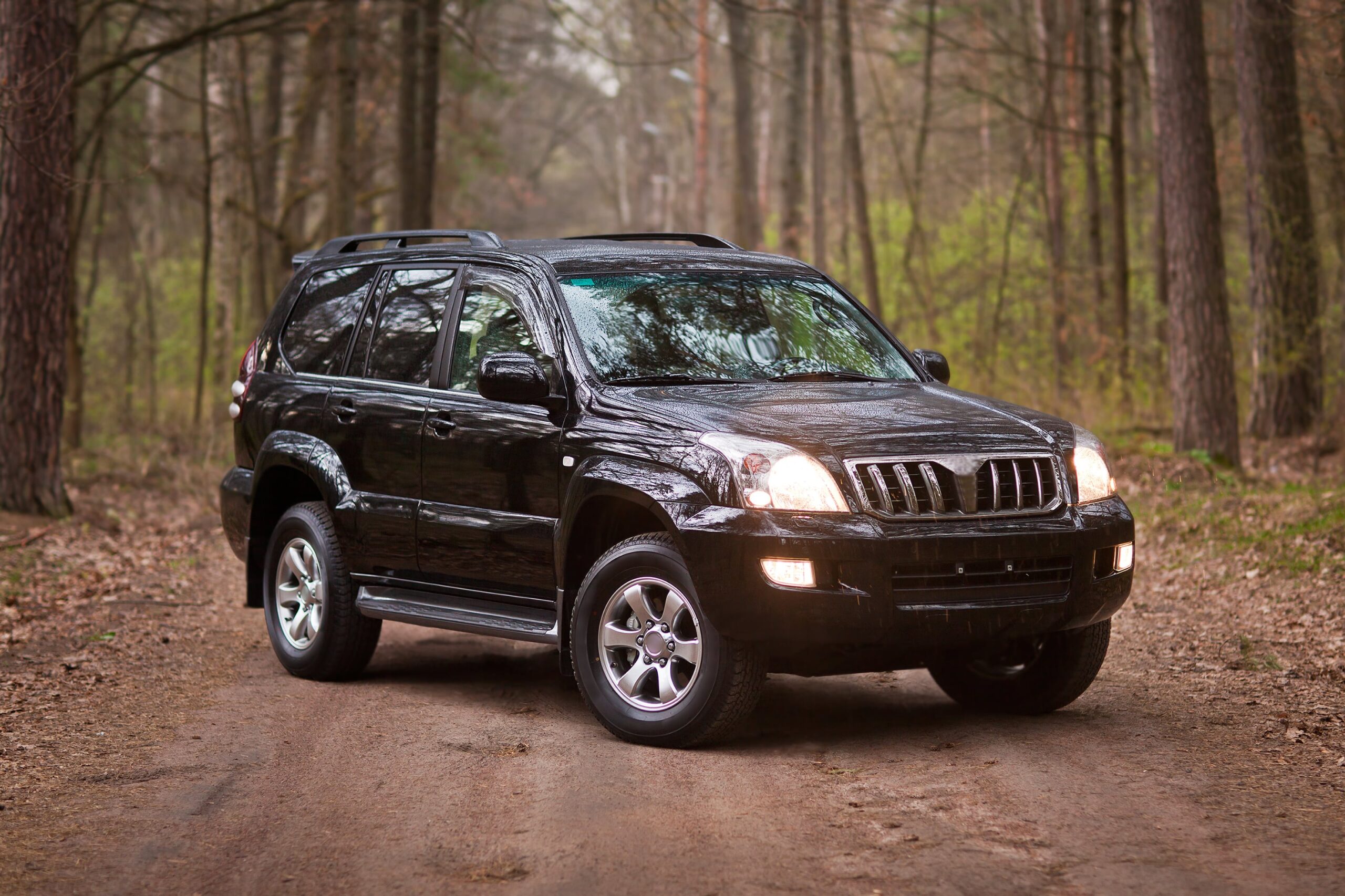
9 Essential Motorway Driving Tips for Beginners
Is the thought of motorway driving making you a bit nervous? We get it, stepping onto the motorway for the first time can feel like jumping into the deep end of a pool without a lifeguard in sight. Fast cars zipping by, people overtaking you from all directions, and a maze of lanes to navigate – it’s all a bit overwhelming, isn’t it?
Here’s a surprising fact, though: motorways are actually the safest roads to be on.
Yes, high speeds and heavy traffic can be intimidating, but with a little prep and a few tips, you’ll find that motorway driving can be a smooth and stress-free experience, even for a beginner like you.
So let’s get into it, shall we?
Take Someone with You

When you’re driving on the motorway for the first time, it can be a big help to have a more experienced driver accompany you. This isn’t just about having moral support (although that’s great too!), it’s also about having someone there who can guide you through the experience, help you make quick decisions, and point out any mistakes you might be making. They can provide you with real-time advice and tips which you can implement immediately.
Remember, it’s perfectly okay to take things at your own pace and there’s no rush – safety should be your top priority. So, for your first few times on the motorway, try to have an experienced driver by your side. It’ll make the whole experience less daunting and a whole lot safer.
Check Your Car Before Driving on Motorway

Before you hit the motorway, it’s absolutely crucial to ensure your car is in good working condition. Any issues while you’re on the motorway can not only put you at risk, but also other drivers.
Here are some key things to check:
- Headlights: Make sure both your headlights are working properly. They’re your main source of visibility when driving in the dark or during poor weather conditions.
- Indicators: Test your indicators to ensure they’re functioning correctly. They are vital for signalling your intentions to other drivers.
- Tyres: Check your tyres for any signs of wear and tear, punctures, or low pressure. Good tyres provide better grip and can significantly reduce your stopping distance.
- Mirrors: Adjust your mirrors to give you the best view possible of your surroundings. This is extremely important for safe driving on the motorway.
- Brakes: Lastly, test your brakes. They need to be responsive and shouldn’t make any unusual sounds. If you’re unsure, it’s best to get them checked by a professional.
Remember, a quick check before you leave can save a lot of trouble on the road. Take a few minutes to ensure everything’s working as it should. It’s worth the effort for the peace of mind it brings.
Also Read: The Essential Car Service Guide – What You Need to Know!
Lane Usage

Now let’s go over lane usage. We know it might seem basic, and you’re probably thinking, “I know this already!” but bear with us. It’s so crucial that we couldn’t leave it out.
Typically, a motorway in the UK has three lanes.
The left-hand lane is for normal driving.
The middle and right-hand lanes are for overtaking only.
If you’re not overtaking anyone, move back to the left-hand lane. This simple rule helps to reduce congestion, prevents ‘lane hogging’, and more importantly, keeps everyone safe. Also, remember to always use your indicators when changing lanes—it’s a way of letting other drivers know your intentions.
Adhere to the Two Second Rule

The ‘two-second rule’ is basically giving yourself a two-second gap between you and the car in front of you. This ensures that you have enough time to stop if the car in front suddenly brakes. During bad weather conditions, such as heavy rain or snow, it’s advisable to increase the distance to at least four seconds.
But how can you measure this while driving?
Here’s a simple method: choose an object on the side of the road, such as a sign or tree. When the car in front passes it, start counting “one thousand one, one thousand two”. If you pass the chosen object before you finish saying the phrase, then you’re following too closely. Slow down and increase your distance.
Using Your Mirrors

The importance of properly using your mirrors can’t be overstated. They’re your eyes on the back and sides of your car, helping you see what’s going on around you. It’s crucial to check your mirrors often and know what’s in your blind spots.
Before setting off, adjust all of your mirrors so you can see as much of the area around your car as possible. Whilst driving, remember to glance in your mirrors every few seconds. This lets you keep track of other vehicles, monitor their speeds and positions, and help you make safe decisions when changing lanes or slowing down. Remember, using your mirrors effectively is a key part of being a safe and responsible driver.
Drive During Daylight Hours

If you’re new to driving, especially on motorways, it’s advisable to stick to daytime driving. Night driving can be a bit tricky for a newbie. You see, at night, visibility is reduced, and things can look different from how they appear in the daylight.
Also, your eyes need time to adjust to the changing light levels, and the glare from oncoming traffic can be distracting. So, if you’re not yet confident behind the wheel, daytime is your best bet.
It gives you a chance to get used to the flow of traffic, the speed, and the rules while everything is clear and visible. Once you’re more confident, you can start practising night driving under supervision. Remember, being comfortable and at ease while driving is key to being safe on the road.
Consider Taking a Pass Plus Course
If you’ve recently passed your driving test, why not think about taking a Pass Plus course? It’s a practical training scheme, and it’s designed to help drivers like you boost your abilities and keep safe on the roads. You can take it whenever you feel ready, but it’s particularly handy for new drivers, especially during the first year after passing their test. To enrol, you’ll need a Pass Plus registered approved driving instructor (ADI).
The course might cost you a bit, between £150 to £200, but think of it as an investment in your driving future. With Pass Plus under your belt, you’ll feel more confident, more skilled, and safer every time you get behind the wheel.
Take Breaks
Taking breaks while driving is not only wise, it’s essential. Long hours behind the wheel can be tiring, and without regular breaks, you run the risk of becoming fatigued, which can affect your concentration and reaction times. So, if you’re planning a long journey, make sure you include some rest breaks.
As a rule of thumb, try to stop at least every two hours, even if it’s just to get out, stretch your legs, drink some water, and get some fresh air. And remember, if you ever feel tired while driving, pull over at a safe spot and take a break.
Using a SatNav

SatNav systems, like Google Maps or Apple Maps, can be your best friends when driving, particularly on unfamiliar routes. These systems provide you with turn-by-turn directions and real-time traffic updates, helping you reach your destination more efficiently. Remember, it’s essential to set your destination in your SatNav before you start driving.
Please note that it’s illegal to hold and use a phone, sat nav, tablet, or any device that can send or receive data while driving in the UK. However, you can use your device if it’s secured in a hands-free holder or mounted on the dashboard.
If you need to re-route, pull over at a safe spot first. Also, make sure to keep your eyes on the road and not solely rely on the SatNav’s instructions. Trust your driving instincts and use the SatNav as a helpful tool, not a distraction.
Final Thoughts
We truly hope you’ve found these tips helpful in your journey as a confident and proficient driver. Remember, becoming a skilled driver takes time and practice. If you’re ever unsure about the rules on the motorway or any other road, please don’t hesitate to refer back to the Highway Code.
Stay safe, be mindful of other road users, and enjoy the ride!

